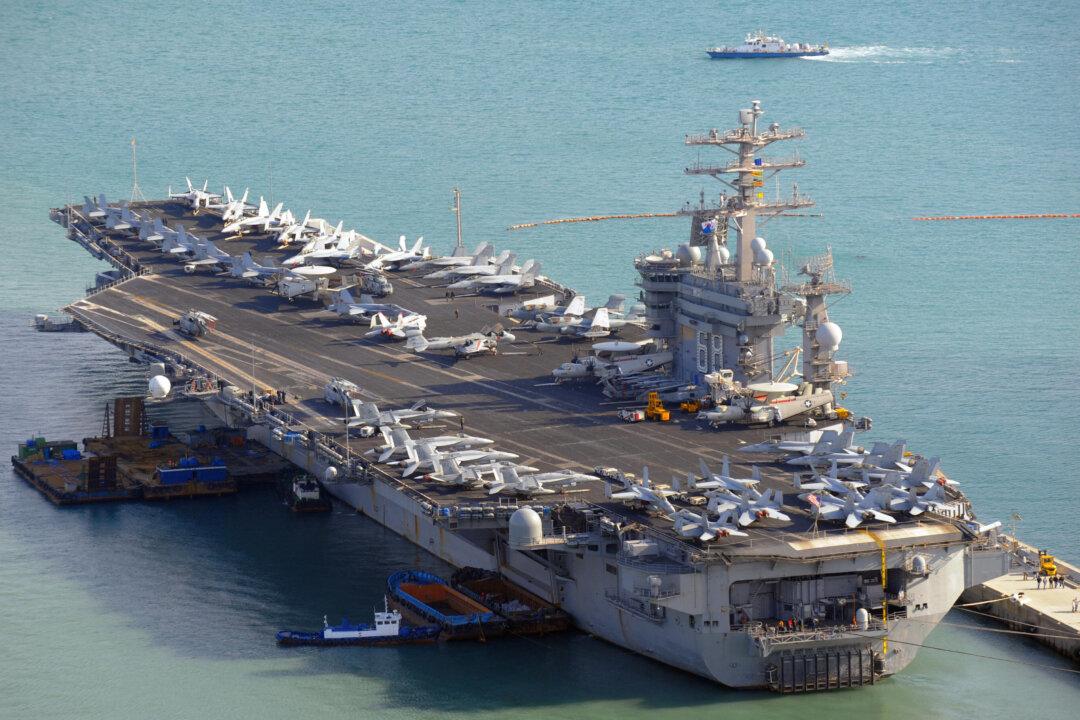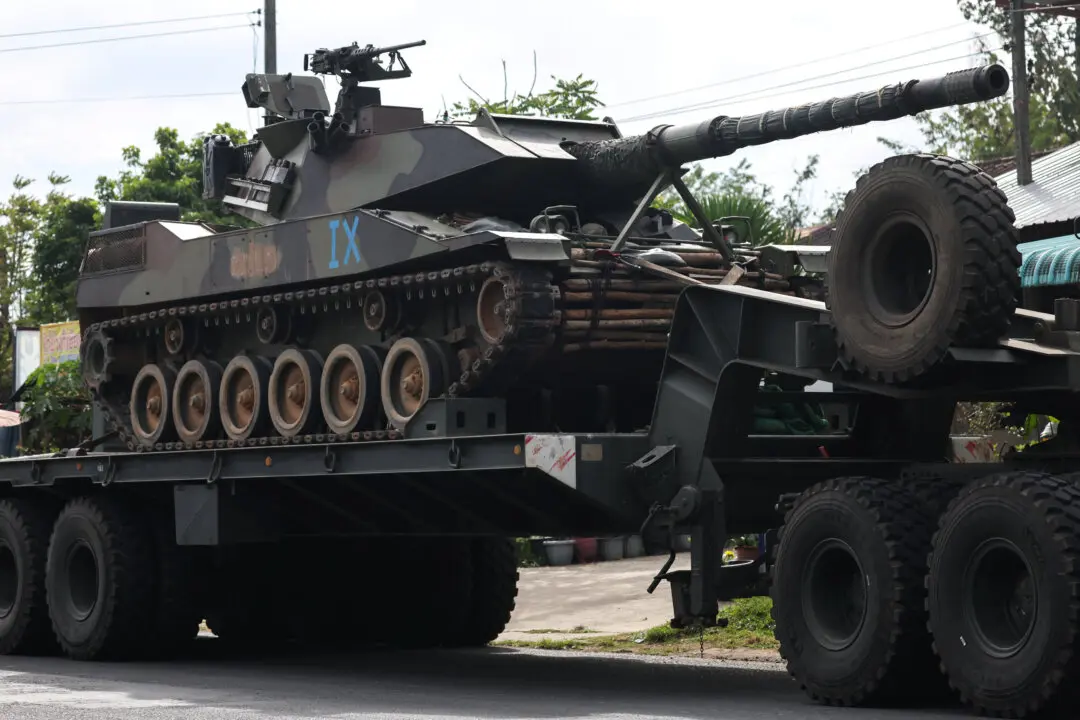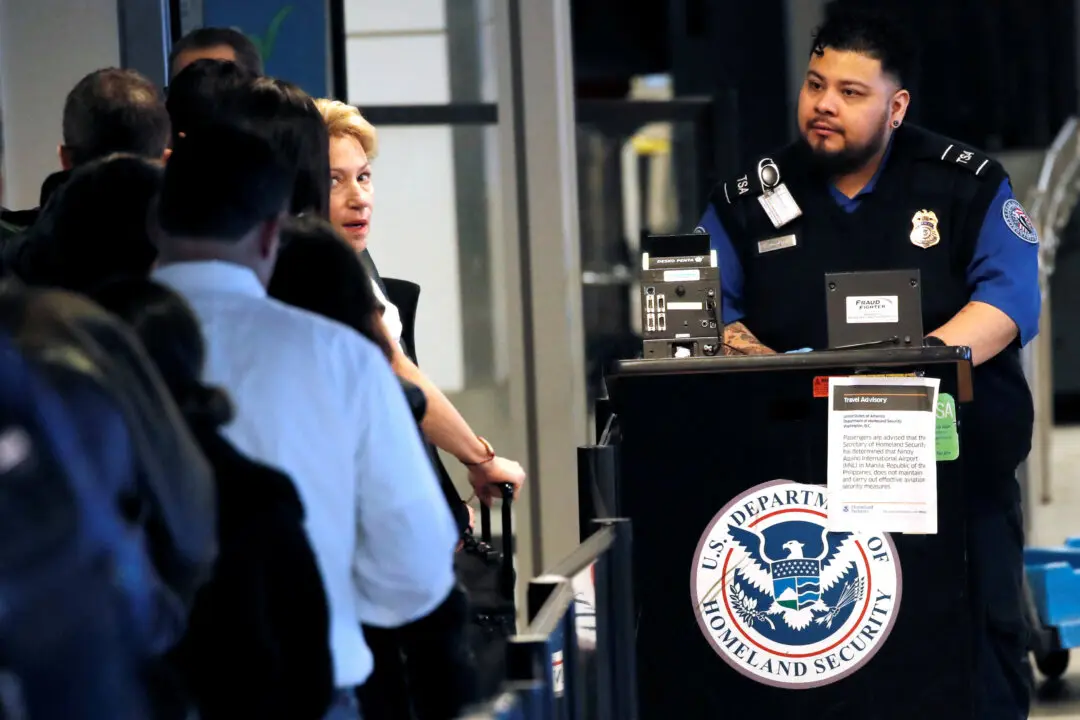WASHINGTON—The U.S. Navy has informed lawmakers of its intent to pursue a block purchase of two Ford-class aircraft carriers, Senator Tim Kaine’s office said on Dec. 31, a step officials have said could save billions of dollars as the Trump administration tries to expand the size of the fleet.
The decision comes nine months after the Navy expressed interest in a block buy and asked shipbuilder Huntington Ingalls Industries for detailed pricing on the cost of two aircraft carriers as it considered doubling its order for the most expensive ship in the U.S. fleet in a bid to save money.





